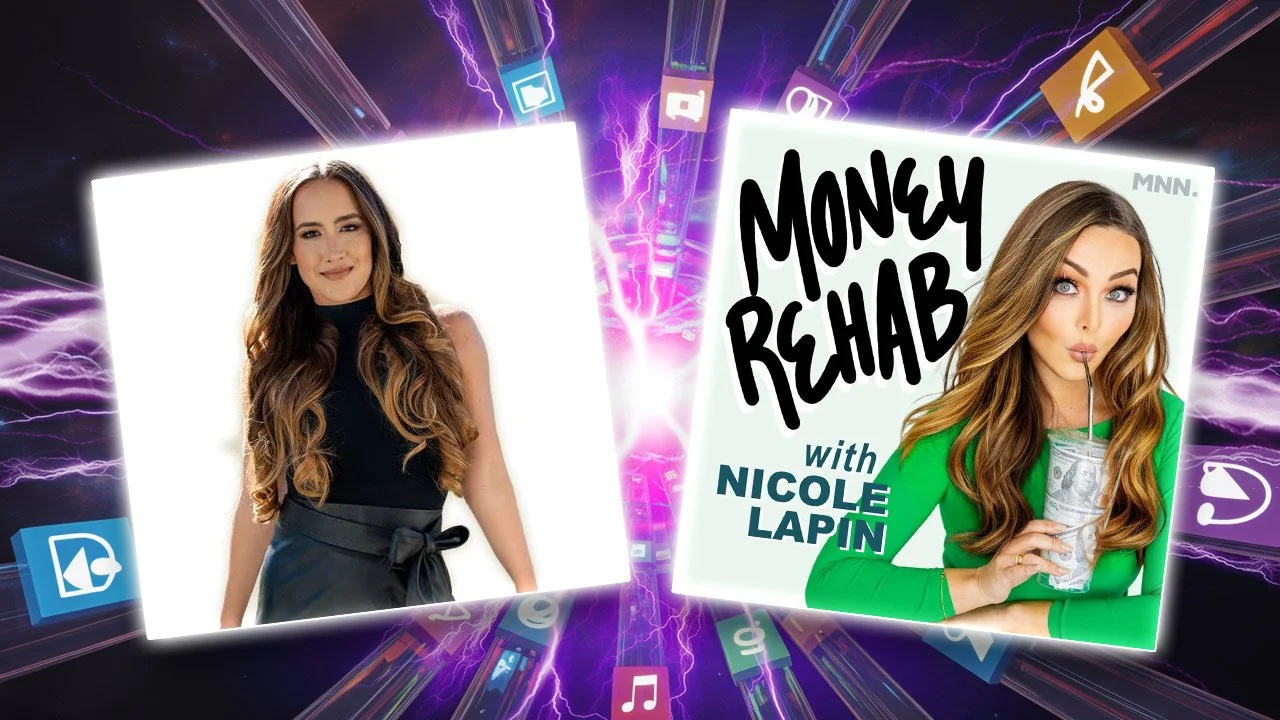Podcast Face-Off: Money Rehab with Nicole Lapin vs. Codie Sanchez
Two Financial Voices, Two Distinct Trajectories
Podcasts remain a powerful medium for making financial concepts accessible, but behind the scenes, the battle for audience attention is rapidly shifting—the key battleground now extends far beyond audio. This has never been more evident than in the rise of Codie Sanchez, who has secured the number one spot in the female business podcast category with a uniquely approachable, practical style that breaks down "boring businesses" for the masses. In contrast, Nicole Lapin’s Money Rehab continues to build momentum in audio, but its video and omni-media reach remain comparatively modest.
The Codie Sanchez Phenomenon
Codie Sanchez brings a robust background in finance and journalism to her podcasting and video presence. Her show, widely recognized for candid conversations and practical business takeaways, isn’t just popular in audio—her YouTube audience has soared past 1.8 million subscribers, with an average of 15,000 likes per video. Sanchez doesn’t just teach frameworks for making and growing money—she embodies them, cultivating massive followings across multiple platforms and consistently ranking among top business podcasters for women.
Money Rehab: Audio Growth, Video Limitation
Money Rehab with Nicole Lapin is well-regarded in the financial podcasting space. Lapin leverages her experience as a news anchor and author to demystify money topics for listeners, producing fast-paced episodes aimed at giving concise, actionable tips. The show's content covers everything from personal budgeting to breaking down the latest Wall Street headlines, and it has received critical acclaim, including a Webby Award in 2023. However, compared to Codie Sanchez, Money Rehab attracts a much smaller audience on YouTube and other visual platforms—remaining, for the most part, an audio-first experience.
Why the Omni Media Approach Matters
The difference between these two podcasts is more than just content style—it's a lesson in the growing necessity of omni media.
What is Omni Media?
Omni media (or omnichannel) refers to creating content that spans all major platforms—audio, video, graphics, and interactive elements—ensuring a brand maintains a unified voice no matter how or where audiences consume it.
The Advantages of Omni Media
Wider Reach and Accessibility: Spreading content across audio, video, and social media dramatically grows the available audience. Codie Sanchez’s exponential YouTube growth is a prime example—her content is accessible to those who prefer watching over listening, and she capitalizes on visual trends and discoverability.
Enhanced User Engagement: Audiences now expect interaction and authenticity. Video allows for richer storytelling and emotional connection, leading to longer watch times, shares, and higher engagement rates.
Stronger Brand Consistency: An integrated presence reinforces trust. Omni media creators can maintain a cohesive brand experience at every touchpoint, from viral TikToks to in-depth interviews on YouTube.
Data Insights: Every new channel brings different forms of audience analytics, helping creators fine-tune content and marketing strategies for optimal impact.
Future-Proofing: As platforms evolve, those already active and adaptable across channels are positioned to seize new trends and formats without needing to start from scratch.
The Verdict
As media consumption habits evolve, the value of a strategic omni media approach only grows. Codie Sanchez’s success lies not just in good content, but in meeting audiences where they are—on YouTube, on social, and in audio. Money Rehab remains a standout audio show, but without expanding its omni media footprint, it risks missing the modern wave of audience engagement and growth. In the podcasting world, the lesson is clear: to lead, you must be everywhere your audience is—and codify your brand across every screen, speaker, and feed.




